Jin Lin
State Key Laboratory of the Control and Simulation of Power Systems and Generation Equipment, Tsinghua University
Achieving an Accurate Random Process Model for PV Power using Cheap Data: Leveraging the SDE and Public Weather Reports
Nov 27, 2021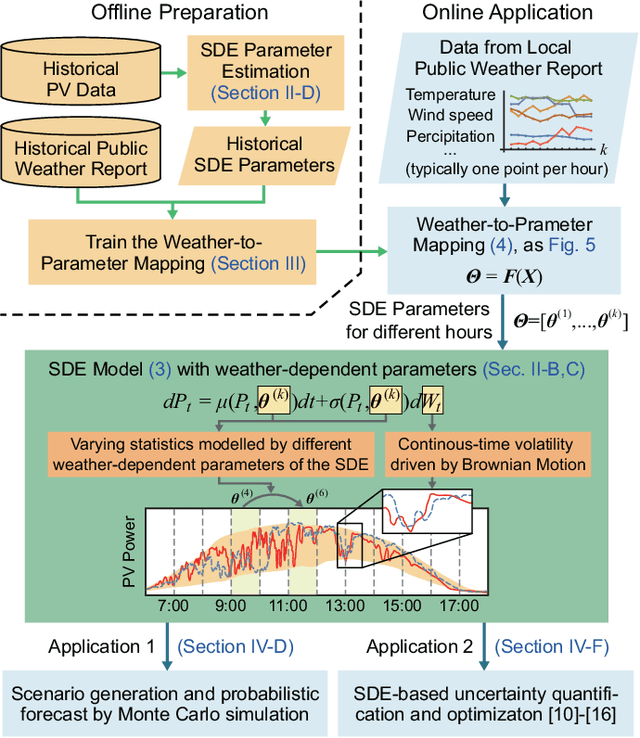
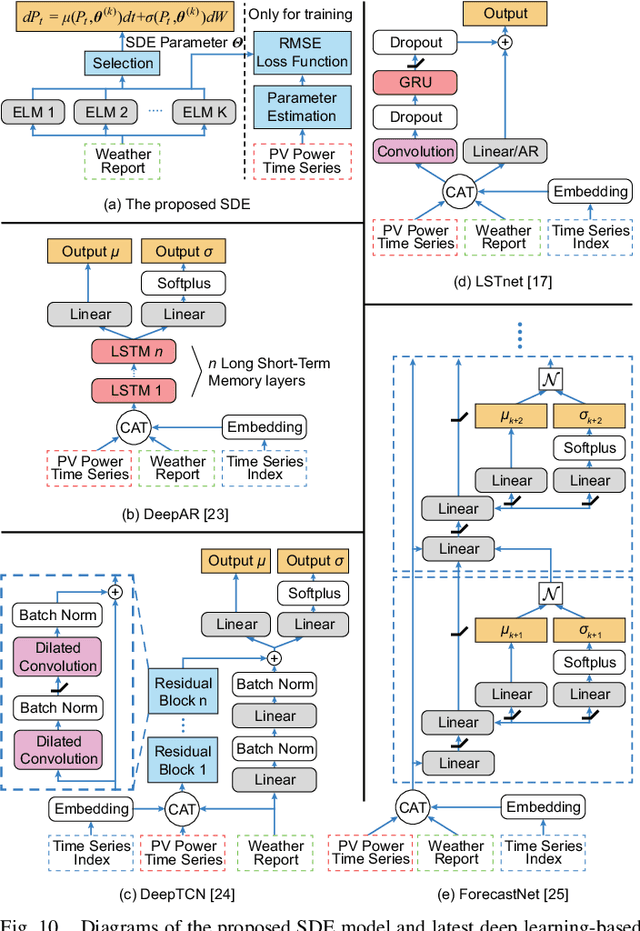
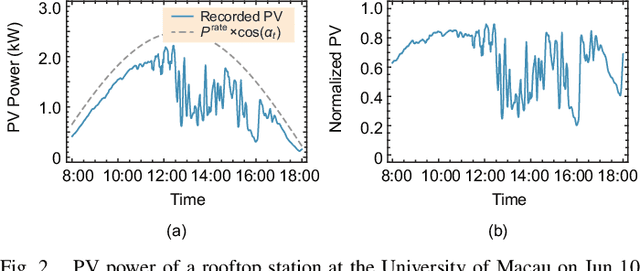
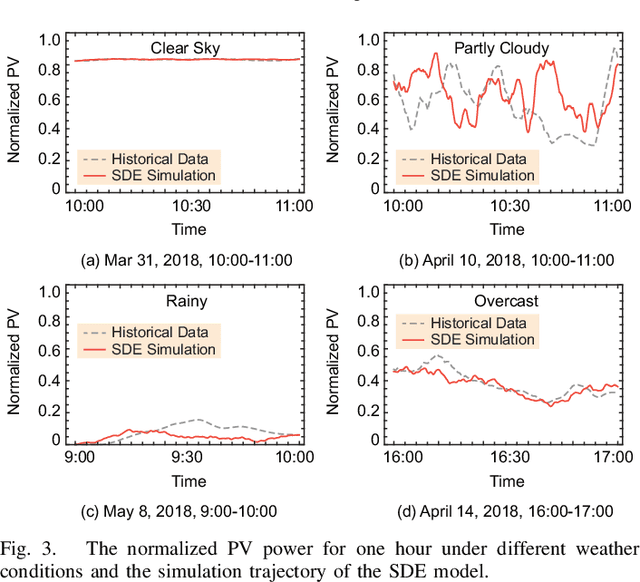
Abstract:The stochastic differential equation (SDE)-based random process models of volatile renewable energy sources (RESs) jointly capture the evolving probability distribution and temporal correlation in continuous time. It has enabled recent studies to remarkably improve the performance of power system dynamic uncertainty quantification and optimization. However, considering the non-homogeneous random process nature of PV, there still remains a challenging question: how can a realistic and accurate SDE model for PV power be obtained that reflects its weather-dependent uncertainty in online operation, especially when high-resolution numerical weather prediction (NWP) is unavailable for many distributed plants? To fill this gap, this article finds that an accurate SDE model for PV power can be constructed by only using the cheap data from low-resolution public weather reports. Specifically, an hourly parameterized Jacobi diffusion process is constructed to recreate the temporal patterns of PV volatility during a day. Its parameters are mapped from the public weather report using an ensemble of extreme learning machines (ELMs) to reflect the varying weather conditions. The SDE model jointly captures intraday and intrahour volatility. Statistical examination based on real-world data collected in Macau shows the proposed approach outperforms a selection of state-of-the-art deep learning-based time-series forecast methods.
Experimental Quantum Generative Adversarial Networks for Image Generation
Oct 21, 2020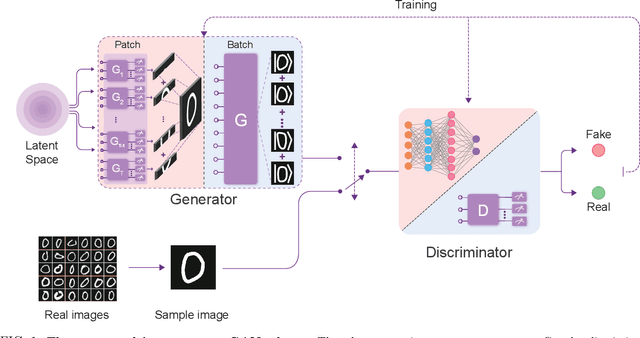
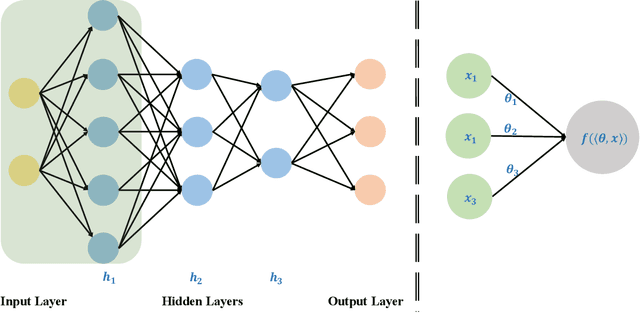

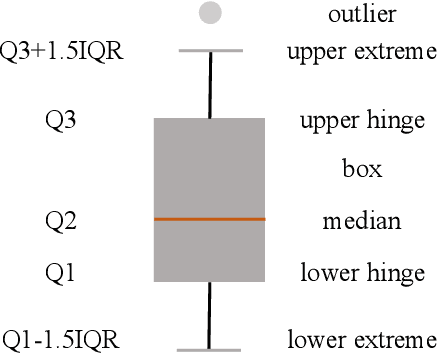
Abstract:Quantum machine learning is expected to be one of the first practical applications of near-term quantum devices. Pioneer theoretical works suggest that quantum generative adversarial networks (GANs) may exhibit a potential exponential advantage over classical GANs, thus attracting widespread attention. However, it remains elusive whether quantum GANs implemented on near-term quantum devices can actually solve real-world learning tasks. Here, we devise a flexible quantum GAN scheme to narrow this knowledge gap, which could accomplish image generation with arbitrarily high-dimensional features, and could also take advantage of quantum superposition to train multiple examples in parallel. For the first time, we experimentally achieve the learning and generation of real-world hand-written digit images on a superconducting quantum processor. Moreover, we utilize a gray-scale bar dataset to exhibit the competitive performance between quantum GANs and the classical GANs based on multilayer perceptron and convolutional neural network architectures, respectively, benchmarked by the Fr\'echet Distance score. Our work provides guidance for developing advanced quantum generative models on near-term quantum devices and opens up an avenue for exploring quantum advantages in various GAN-related learning tasks.
 Add to Chrome
Add to Chrome Add to Firefox
Add to Firefox Add to Edge
Add to Edge